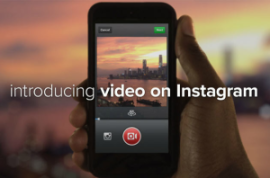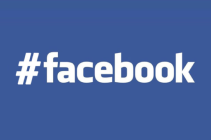It’s only been released for a mere 24 hours, but if you’re up-to-date with social media, you’ve probably already heard the news—photo-sharing app, Instagram, released a video feature yesterday. Described as “everything you love about Instagram—and it moves,” Instagram Video will support 13 custom filters just for video. (Mashable)
What does this mean for the fairly new video-sharing app, Vine? Like Vine, recording time is limited—but instead of a six-second limit, Instagram’s time is limited to 15 seconds. But that’s not the only difference. Stephanie Buck of Mashable shared key Instagram Video features that are noticeably absent from Vine:
1. Clip Editing: With a simple click of the delete button, Instagram users can edit frames out of their videos to remove certain segments of footage.
2. Cover Frame: “It wouldn’t be Instagram without a beautiful photo to entice users,” Buck wrote. Users are encouraged to pick a splash photo that appears in a person’s newsfeed as a preview to your video.
3. Filters: What’s an Instagram photo without a filter? While Vine keeps video basic, Instagram provides 13 different filters to give your video clips a vintage effect.
4. Tap to Focus: Tapping the screen on Vine just allows you to record. When you tap your phone screen when filming a video via Instagram, you can tap within the frame to focus on your depth of field.
5. Image Stabilization: When introducing the new video feature, Instagram also introduced the “Cinema” mode, which is meant to smooth shaky footage for a more stable, streamlined video.
Instagram Video is available for Available for iOS and Android. To find out more, check out Buck’s full artcle on Mashable.
So what do you think of Instagram Video? Do you think Vine will be making major updates? Let us know!







